REPTILES - MORE THAN MONSTERS
Shrouded in shadows, the reptile industry often remains a mysterious area for many. It is a world full of fascination but also marked by controversy and suffering. While reptiles have found their way into the hearts and homes of many as pets, the horrors of the reptile industry often go unnoticed. In this article, we will delve into the dark side of this industry, shedding light on the abuse and suffering of these fascinating creatures. A significant portion of the reptiles in the pet trade originate from the wild capture trade, where reptiles are collected from their natural habitats. This practice has raised concerns about its sustainability and impact on ecosystems. Irresponsible collection methods often lead to habitat destruction and population decline. In addition, many reptiles do not survive the harsh conditions during capture and transport, causing enormous suffering and death.
Reptile breeding facilities, often called "mills", are notorious for their horrific conditions. These mass production facilities prioritize profit over animal welfare. Overcrowding, poor sanitation, and inadequate care lead to widespread disease, stress, and suffering among animals. Many reptiles are subjected to miserable lives, regardless of their welfare.
The reptile industry also plays a role in the illegal trade of exotic and endangered species. Smugglers and human traffickers take advantage of the demand for unique reptiles, often subjecting these creatures to harsh conditions during transport. Furthermore, the presence of invasive species in the pet trade can lead to adverse consequences for local ecosystems when these animals are released or escape into the wild.
For many of these animals, the stress and suffering begin even before they reach their destination. They are transported from all over the world under terrible conditions: crammed into 2-liter plastic bottles, 1-gallon milk jugs, mesh bags, or wooden crates divided into tiny compartments like egg cartons. Many are dead on arrival due to inhumane and unprofessional management during the capture and the transport itself.
So in January, the Florida Fish and Wildlife Conservation Commission arrested eight wildlife traffickers after a years-long investigation, intercepting nearly 200 live snakes being smuggled from seven different regions of the world. Many of these snakes posed an immediate threat to Florida's ecology and human safety—but more importantly, they were victims of a dangerous, wretched smuggling process. Even if the reptiles manage to survive such exploitation, they are likely to be purchased by inexperienced humans and die of neglect. While these vulnerable reptiles have been victims of the black market, those sold legally in pet stores, fairs, and online suffer similar abuse.
In addition to ethical issues, the reptile industry poses potential health risks to humans. Reptiles can transmit zoonotic diseases (diseases that are transmitted from animals to humans), which was the case with SARS-COVID-19. These diseases include salmonellosis associated with the green iguana and turtles. Insufficient education and awareness of proper handling and hygiene when dealing with reptiles can lead to outbreaks of these diseases. The horrors of the reptile industry do not lie only with breeders and sellers. Many reptile owners are unaware of the specific care needs of these animals, leading to neglect and suffering. Impulse buying reptiles without proper research or preparation can be harmful to both the animals and their owners.
In recent years, the fashion world has seen a surprising trend emerging from the intersection of nature and style - the reptile fashion industry. Inspired by the stunning textures and patterns found in reptile skin, this industry has created a unique and controversial segment of fashion. While reptile-inspired fashion may offer striking visual appeal, it also raises important ethical and environmental issues.
Exotic skins, such as those from snakes, alligators, and crocodiles, have long been used in the fashion industry to create luxurious and high-end accessories, including bags, shoes, and belts. These skins are prized for their unique textures and patterns, making them a status symbol for the fashion elite. Reptile-inspired fashion exudes a certain boldness and edginess, making it a popular choice for those who want to stand out from the crowd. However, the process of obtaining such fashion accessories is not at all pretty. What's more, it's cruel, inhumane and totally unnecessary in an age where alternatives are more available than ever, where the only difference is that no animals suffer.
In order to produce leather fashion accessories, animals are often skinned alive to maintain the blood supply of the skin itself before processing and thereby maintain the quality, and shading of the spinal cord to immobilize the animal and make it easier to manage (here it is very important to note that the animal is still conscious but not able to move), by driving stakes into the animal's brain and other barbaric methods. In addition, the chemicals used in the drying and finishing process of reptile hides can be harmful to the environment if not managed properly.
The fashion industry is increasingly facing pressure to adopt more sustainable and ethical practices. Because of this, the vast majority of fashion houses that originally offered fashion accessories originating from exotic animals stopped with this cruel practice and turned to alternative methods. These brands include Channel, Hugo Boss, Victoria Beckham, Diane von Furstenberg, Nike, Adidas, Victoria Secret, Calvin Klein, H&M, and many others. This tells us enough about the true "need" for this industry.


